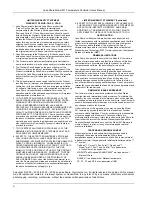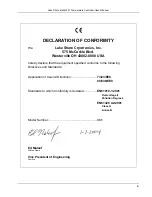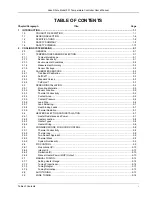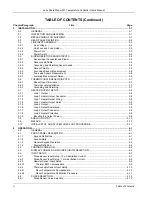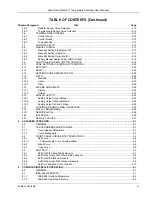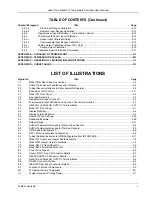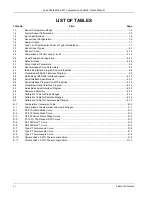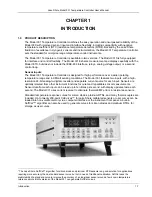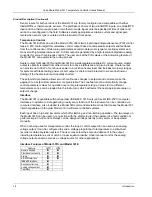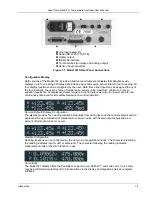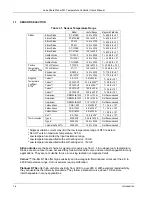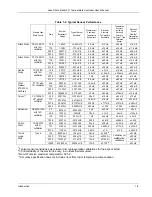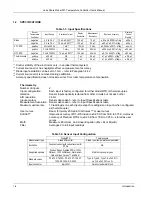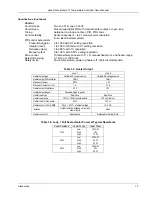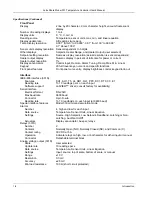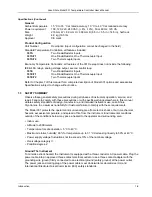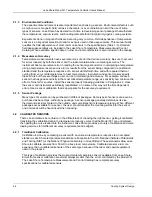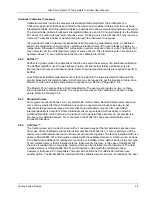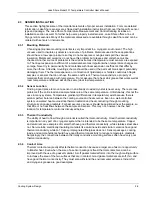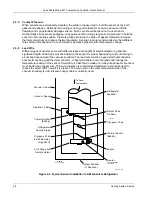
Lake Shore Model 331 Temperature Controller User’s Manual
Introduction
1-1
CHAPTER 1
INTRODUCTION
1.0 PRODUCT
DESCRIPTION
The Model 331 Temperature Controller combines the easy operation and unsurpassed reliability of the
Model 330 with improved sensor input and interface flexibility, including compatibility with negative
temperature coefficient (NTC) resistance temperature detectors (RTDs). Backed by the Lake Shore
tradition of excellence in cryogenic sensors and instrumentation, the Model 331 Temperature Controller
sets the standard for mid-price range temperature control instruments.
The Model 331 Temperature Controller is available in two versions. The Model 331S is fully equipped
for interface and control flexibility. The Model 331E shares measurement and display capability with the
Model 331S, but does not include the IEEE-488 interface, relays, analog voltage output, or a second
control loop.
Sensor Inputs
The Model 331 Temperature Controller is designed for high performance over a wide operating
temperature range and in difficult sensing conditions. The Model 331 features two inputs, with a high-
resolution 24-bit analog-to-digital converter and separate current source for each input. Sensors are
optically isolated from other instrument functions for quiet and repeatable sensor measurements.
Sensor data from each input can be read up to ten times per second, with display updates twice each
second. The Model 331 uses current reversal to eliminate thermal EMF errors in resistance sensors.
Standard temperature response curves for silicon diodes, platinum RTDs, and many thermocouples are
included. Up to twenty 200-point CalCurves™ for Lake Shore calibrated sensors or user curves can be
loaded into non-volatile memory via a computer interface or the instrument front panel. A built-in
SoftCal™
1
algorithm can also be used to generate curves for silicon diodes and platinum RTDs, for
storage as user curves.
1
The Lake Shore SoftCal™ algorithm for silicon diode and platinum RTD sensors is a good solution for applications
requiring more accuracy than a standard sensor curve but not in need of traditional calibration. SoftCal uses the
predictability of a standard curve to improve the accuracy of an individual sensor around a few known temperature
reference points. Both versions of the Model 331 can generate SoftCal curves.


